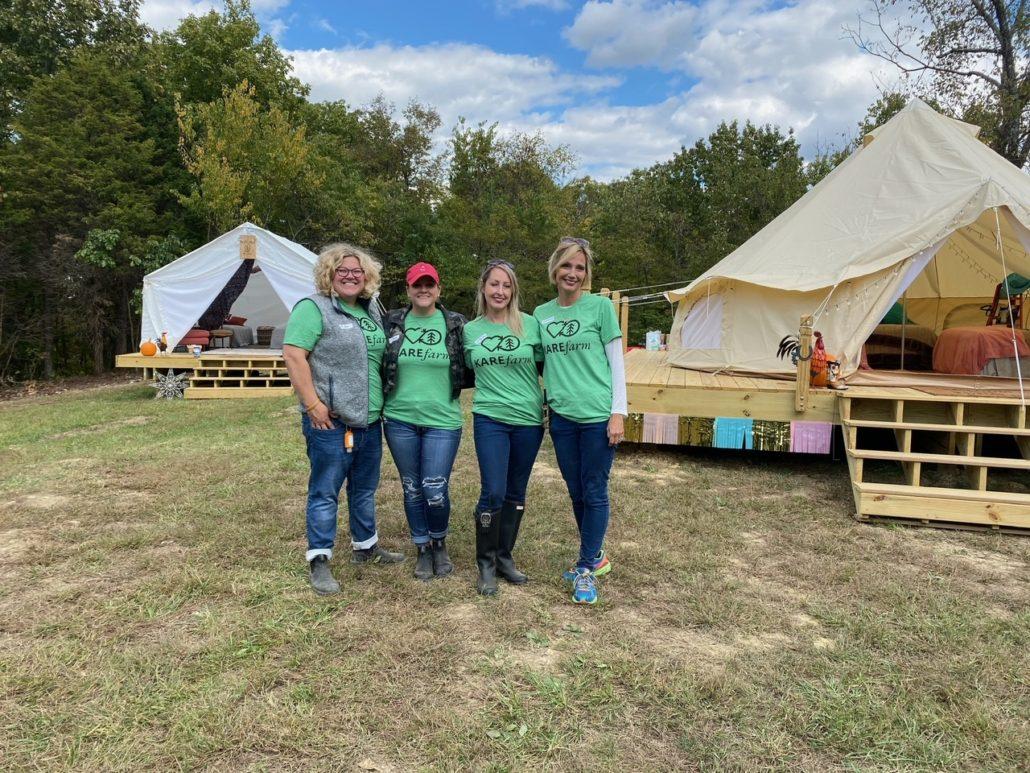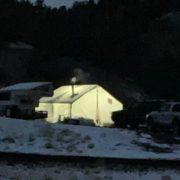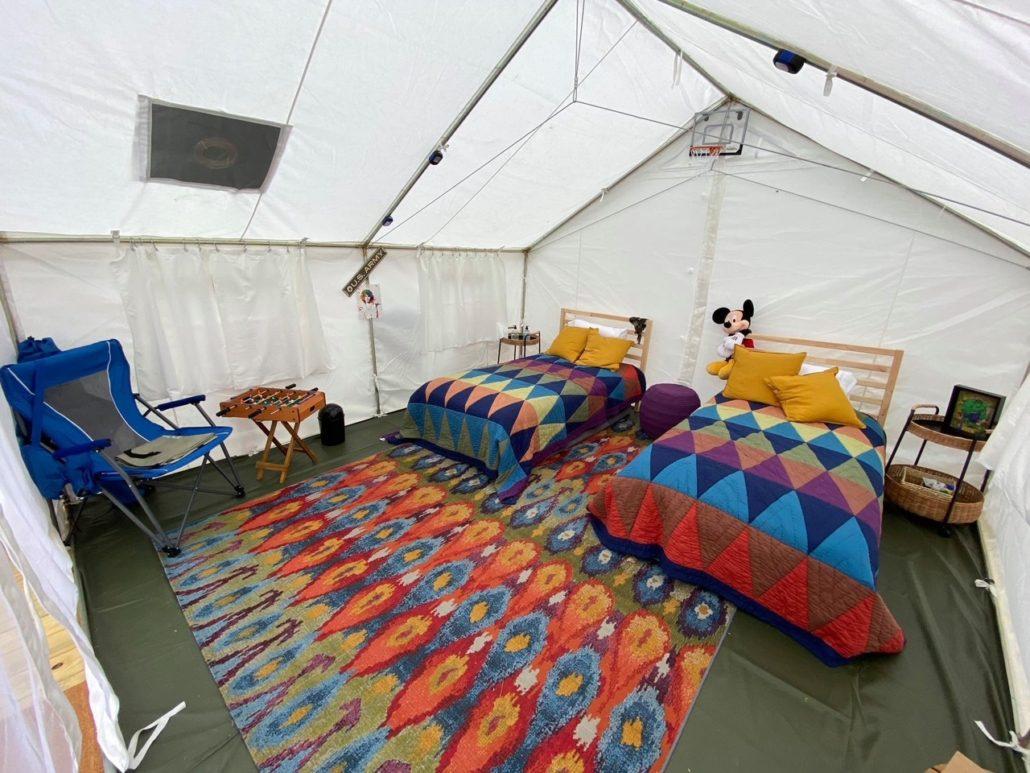5 Crucial Safety Precautions for Using a Canvas Tent Stove: Tips from Elkmountaintents
Canvas tents have been a popular choice for camping and outdoor enthusiasts for many years, and for good reason. They offer a comfortable and spacious living area while also providing protection from the elements. However, as winter camping grows in popularity, many people are looking to add a stove to their canvas tent for warmth and comfort. While this is a great idea, there are some important safety precautions that need to be taken to ensure a safe and enjoyable camping experience.
Elkmountaintents is a company that specializes in providing high-quality canvas tents and accessories for outdoor enthusiasts. They understand the importance of safety when it comes to using a canvas tent stove and have compiled a list of five important safety tips to keep in mind when using one.
Proper Ventilation
One of the most important safety considerations when using a canvas tents with wood stove is ensuring proper ventilation. When burning wood, stoves produce carbon monoxide and other harmful gasses that need to be vented outside the tent. Failure to properly vent the stove can lead to carbon monoxide poisoning, which can be fatal.
Elkmountaintents recommends that a chimney or stove pipe be used to vent the stove outside the tent. It should be placed in a clear and unobstructed area to allow for maximum airflow. Additionally, the stove should be positioned at least 18 inches away from the tent wall to reduce the risk of fire.
Use Proper Fuel
Another important safety consideration is the type of fuel that is used in the stove. The wrong type of fuel can cause the stove to malfunction and potentially cause a fire or explosion. Elkmountaintents recommends using dry, seasoned wood for fuel. Wet wood can create excess smoke and creosote buildup, which can increase the risk of chimney fires.
It is also important to avoid using accelerants such as gasoline or lighter fluid to start the fire. These substances are extremely flammable and can lead to dangerous situations.
Keep the Area Around the Stove Clear
When using a canvas tent stove, it is important to keep the area around the stove clear of any flammable materials. This includes bedding, clothing, and any other items that could potentially catch fire. Elkmountaintents recommends creating a clear zone around the stove that is at least three feet in all directions.
It is also important to keep the stove clean and free of debris. Any buildup of ash or creosote can increase the risk of fire and should be removed regularly.

Use a Carbon Monoxide Detector
As mentioned earlier, carbon monoxide is a byproduct of burning wood in a stove. This gas is odorless and colorless, making it difficult to detect without proper equipment. Elkmountaintents recommends using a carbon monoxide detector in the tent when using a canvas tent stove. This will alert campers if the levels of carbon monoxide in the tent become dangerous.
Follow Manufacturer’s Instructions
Finally, it is important to follow the manufacturer’s instructions when using a canvas tent stove. Each stove is designed differently and may have specific safety considerations that need to be taken into account. Elkmountaintents recommends reading the manufacturer’s instructions carefully and contacting them with any questions or concerns.
FAQs
Q: What is the best type of canvas tent stove?
A: The best type of canvas tent stove will depend on your specific needs and preferences. Elkmountaintents offers a variety of high-quality stoves that are designed specifically for use in canvas tents. It is important to choose a stove that is the right size for your tent and has proper ventilation.
Q: Can I use a canvas tent stove in a regular tent?
A: No, canvas tent stoves should only be used in canvas tents. This is because canvas tents are more durable and resistant to heat and sparks than regular tents. Regular tents are typically made of synthetic materials that can melt or catch fire if they come into contact with a hot stove.
Q: How often should I clean my canvas tent stove?
A: It is important to clean your canvas tent stove regularly to prevent the buildup of ash and creosote. Elkmountaintents recommends cleaning the stove after each use and inspecting it for any damage or signs of wear and tear.
Q: Can I leave my canvas tent stove unattended?
A: No, it is never safe to leave a canvas tent stove unattended. Stoves can malfunction or spark and cause a fire, especially if they are not properly ventilated or if flammable materials are nearby. It is important to always keep a close eye on the stove when it is in use.
Conclusion
using a canvas tent stove can be a great way to stay warm and comfortable while camping in colder weather. However, it is important to take safety precautions to prevent the risk of carbon monoxide poisoning or fire. By following the tips provided by Elkmountaintents, campers can enjoy a safe and enjoyable camping experience with their canvas tent stove.




